He stood waiting at a bus stop, and it was obvious that I should take a photograph of this striking man with his trolley and placard but weakly, I walked by. Ten seconds later, after berating myself for being so feeble, I returned to ask permission. “Why do you want to do that?” Back then, I fumbled some kind of lame response. Instead of making a photograph, we had a conversation and David ‘Royal Star’ King told me about the event that changed his life.
As a young man, David had been an up-and-coming boxer, until one fateful evening an assailant emptied a shotgun at his head. The wounds were horrific; it took a full year for him to learn to walk and speak again. When strong enough, he campaigned vigorously against the carrying of hand guns by those he disarmingly described as ‘young stars’.
His undeniable logic was that he was uniquely qualified to appeal directly and successfully to gun-toting young men. Despite his best efforts, opposition to David’s approach came from the office of the then Mayor of London, Boris Johnson, resulting in David being barred from entering County Hall.
Undeterred, David continued his crusade, all the time insisting that he is a survivor, not a victim. After sharing his story, he said, “OK, you can take a picture”. I took about five, his bus arrived, and he was gone.
In this article, allow me to introduce to some of the remarkable people I’ve met over the years.
Pivotal moment
The day of my conversation with David “Royal Star” King would prove pivotal to my future photographic direction. That chance meeting convinced me that a meaningful connection with my subject is as important as pressing the shutter.
A second and very critical ingredient of my photography is having a sense of place and connection with a location’s geography and history. Having that feeling of being in the right place somehow seems to unlock a more natural, creative and intuitive outcome.
The locality that draws me most intensely is Spitalfields and the surrounding area of East London, a place with significant family roots. In 1868, the first ancestors to settle were a Yorkshireman, a former colour sergeant in the Grenadier Guards, and his Devon-born wife. After 21 years in the Army, George Duncan found employment with the then richest woman in Britain, Angela, Baroness Burdett-Coutts, the granddaughter of the banker, Thomas Coutts.
At the behest of Charles Dickens, she financed the construction of Columbia Buildings for under-privileged East Enders. Sadly, George died of pneumonia within two years and I often wonder if the proximity of The Old Nicol, the most notorious of Victorian London slums, was responsible. As for Columbia Buildings, the architecture was superb, yet the venture was not a success, the structure suffered a direct hit during WW11 and, in an act of wilful vandalism, it was pulled down in the nineteen-fifties.
Twenty years later, a great-grandfather who in had joined the Navy aged fourteen in 1864 (height 4’11¾”) and his family settled in Mile End Old Town, just a few hundred yards from London’s iconic Brick Lane. Their home was a short distance from the Nomadic Community Garden, where I’ve spent many an hour with my camera.
From Ukraine
In the early 1900s, my grandparents arrived from Ukraine. My grandfather, a signwriter-turned-furrier with alleged ‘differences’ with the Tsar, married my grandmother in Whitechapel. It’s where my father was born. One of his old business premises in Aldgate is now a pole-dancing club. I think that he would have found that amusing.
I’d like to suggest that therefore, with a strong understanding of place, knowing from where and from whom you came, unforeseen photo opportunities can arise — if you set out expecting the unexpected, the chances are something wonderful will happen.
It’s been an exciting journey since my conversation with David King, with life-enhancing encounters with people from all over the world, exhibiting in the National Portrait Gallery, offers of introduction to mothers of three of my new friends. Here’s one of them.
“This is Rose. You photographed me yesterday on Brick Lane. Thanks for the café recommendations! It was nice meeting you. I’m reaching out in regard to the photo and would love to get a copy. Also, I was talking to my mother about you (she is single) and I think you two might get along. I’m not sure if you’re single, but if you’re interested please let me know. My mother is very vibrant and outgoing.
“Looking forward to hearing from you.”
Outside the comfort zone
Well, I’m not single, but that wonderful chance meeting makes me smile whenever I think about it. Through photography, it has been possible to get glimpses into the lives of people with entirely different experiences and backgrounds. A willingness to step outside one’s comfort zone, definitely recommended.
Food for thought
There’s a widely held belief that taking street portraits with consent is becoming more and more difficult. This doesn’t match my experience. One young woman, when asked recently if I could take her photograph, replied, “of course, why ever not?” Hopefully, this introduction to examples of my work has provided some food for thought and experimentation.
Conversation is a meeting of minds with different memories and habits. When minds meet, they don’t just exchange facts, they transform them. Conversation doesn’t just reshuffle the cards: it creates new cards and it involves being willing to emerge a slightly different person.
Theodore Zeldin
The gallery
Top Row
Kofi and Bel Cobain: Kofi manages a shop selling fragrances, is here in the company of the beautiful Bel Cobain. Soon after, I staged a solo exhibition on nearby Brick Lane, this image was one of my exhibits. I called on Kofi, hoping that he wouldn’t be offended. His immediate reaction was to put a ‘closed’ sign on the shop door and hot foot it to the exhibition. Ten minutes later, he returned, grinning from ear to ear.
Tota: Allow me to introduce you to Tota the manageress at The Happy Sailor tattoo parlour on Hackney Road. Taken on my first visit, this is the only image that I have of Tota. Italian by birth with a forceful personality, she is incredibly hard-working and on future visits it didn’t seem right to interrupt her work.
Second Row
Hard Times: Standing on a street corner with a friend, we were approached by this man in a hoodie. He said that he was homeless and could we spare some money? I delved into my pocket and took out four £1 coins and gave them to the man. His reaction was to look at the money in the palm of his hand, removed two coins and gave them back to me saying “that’s too much”.
Danger High Voltage: Wandering through Pimlico, I came across a group of about five men quietly sipping from cans of high-alcohol lager. I took several portraits and turned to the only female in the group and got a nod of the head. The woman sat on the box marked ‘Danger – High Voltage’. With a significant wink, I was asked, ‘is this how you want me?’ Well, it would have been impolite to refuse a lady.
Rick: A flamboyant hairstyle and a reserved character, Rick was not much into discussion. As a result, there’s not much else I can relate about our encounter apart from that he was on holiday and wanted to see if what he had read about Brick Lane was worth the billing.
Raph: I met Raph standing outside his tattoo parlour on a cigarette break. He told me that his home town was Marseille and I mentioned that the city’s criminals were leaving their no-go areas and terrorising law-abiding citizens. Then I said that footballer David Beckham must have been a tremendous boon to the tattoo industry. He went ballistic and described Beckham and his tattoos in terms that you just don’t repeat in polite company.
Third Row
Stelios: Spotting two heavily tattooed and distinctive men in deep conversation, I thought long and hard before interrupting. Stelios agreed to be photographed. When we were finished, he offered me a roll-up, I declined, saying that I didn’t smoke. His reply was, ‘I didn’t think you did, but I thought that I should ask anyhow’.
Mick Taylor: Mick Taylor was an East End legend. Our friendship lasted over ten years until his death, and I learned a great deal about his fascinating life. Here, Mick is at his sartorial best and modelling a neckerchief in the style worn by the porters at the former Spitalfields Fruit and Vegetable Market.
Kaye Adams: I noticed a large crowd gathered on the pavement by the London church of St Clement Danes and found a pack of photographers and several models involved with London Fashion Week. I spotted an intriguing young woman and found myself talking to Kaye, a Chicagoan, and a delegate to LFW, we exchanged cards, and she said I was ‘sharp’, I think that’s a compliment.
Bottom Row
Noah: Noah asked me to take a photo of him wearing his mask. We had a long and interesting discussion about the use of social media by people in his peer group. Noah explained it is an essential tool to keep in touch and to catch up with his friends. It was a half hour well spent.
Jeff Knight: Jeff sells copies of Big Issue in the Stokes Croft area of Bristol and is hugely popular with the local community. There was considerable concern that he might be repatriated to Jamaica under a hastily thought up scheme devised by foolish politicians. Thankfully, Jeff is safe.
The locations
Read more about street photography in London
Want to contribute an article to Macfilos? It’s easy. Just click the “Write for Us” button. We’ll help with the writing and guide you through the process.

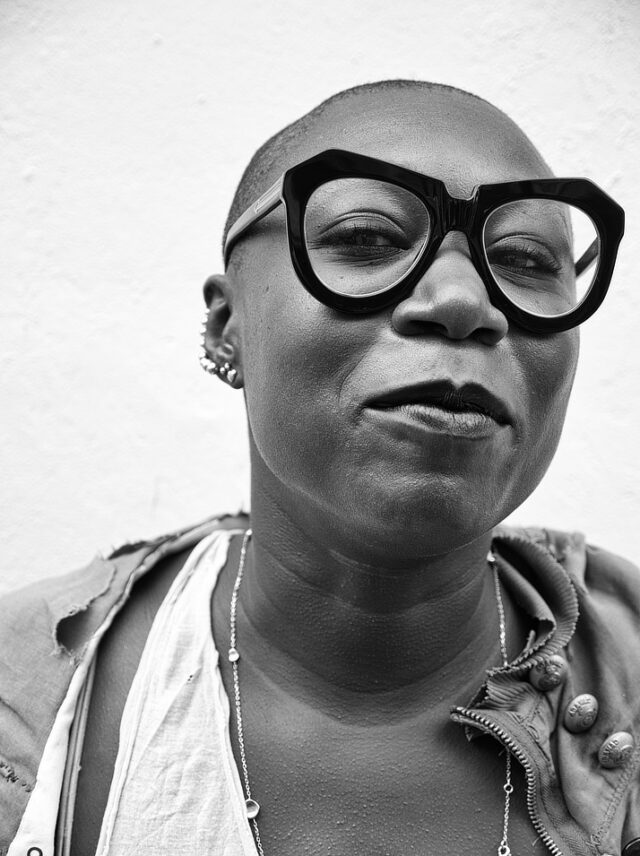
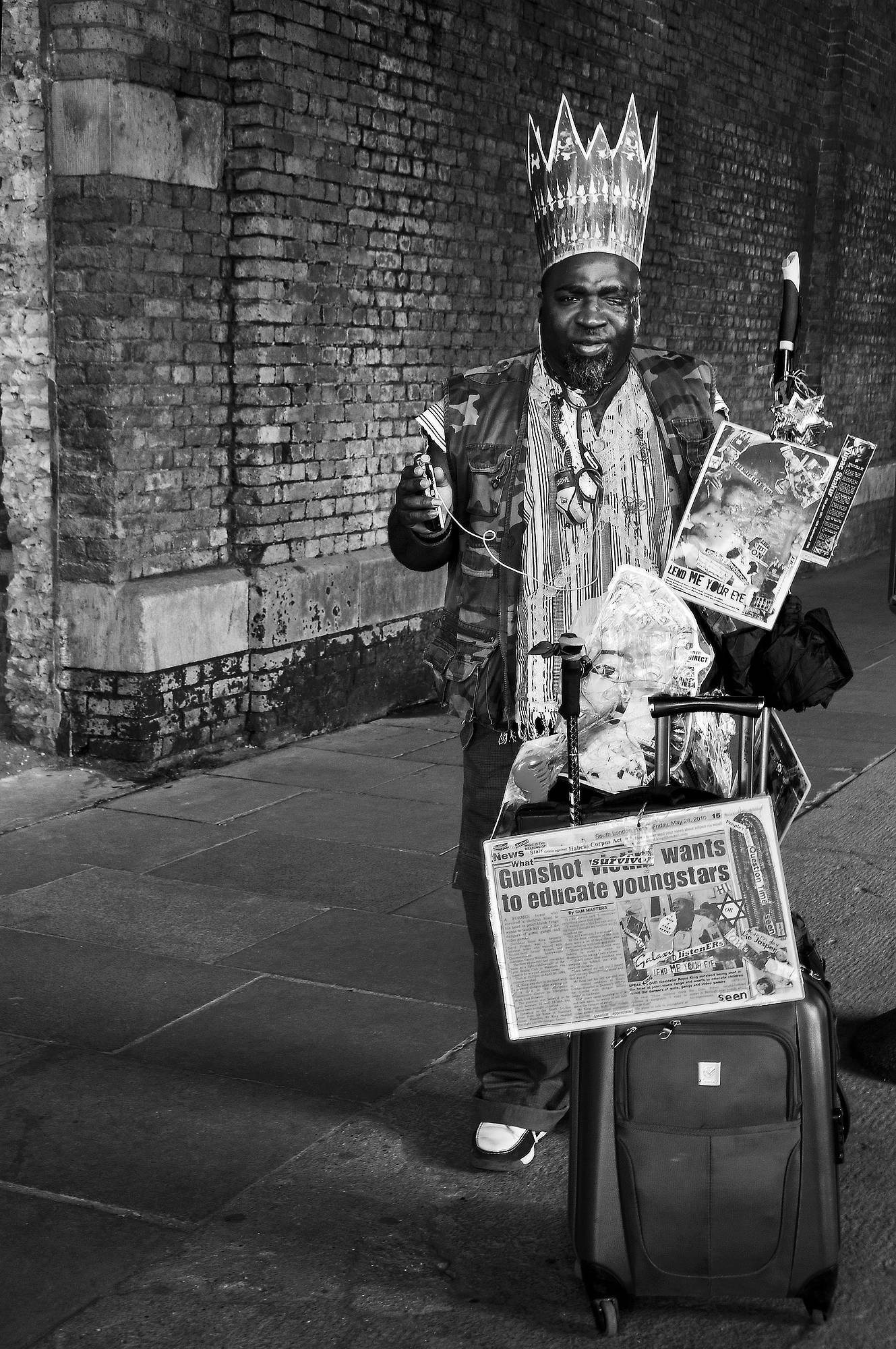
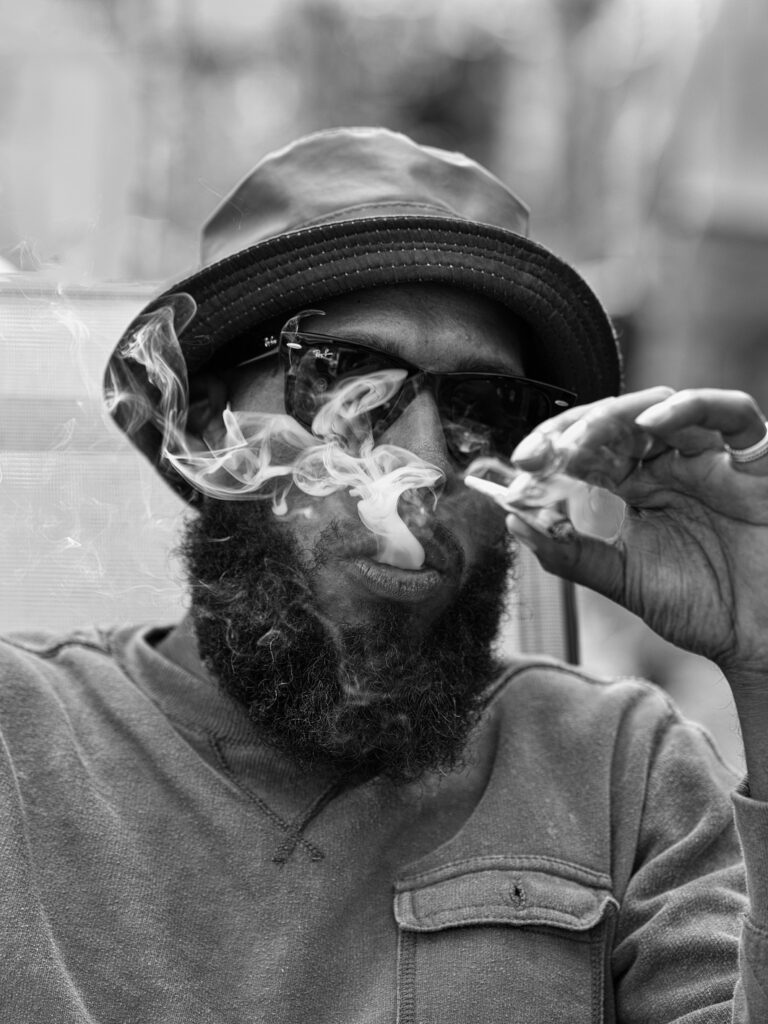
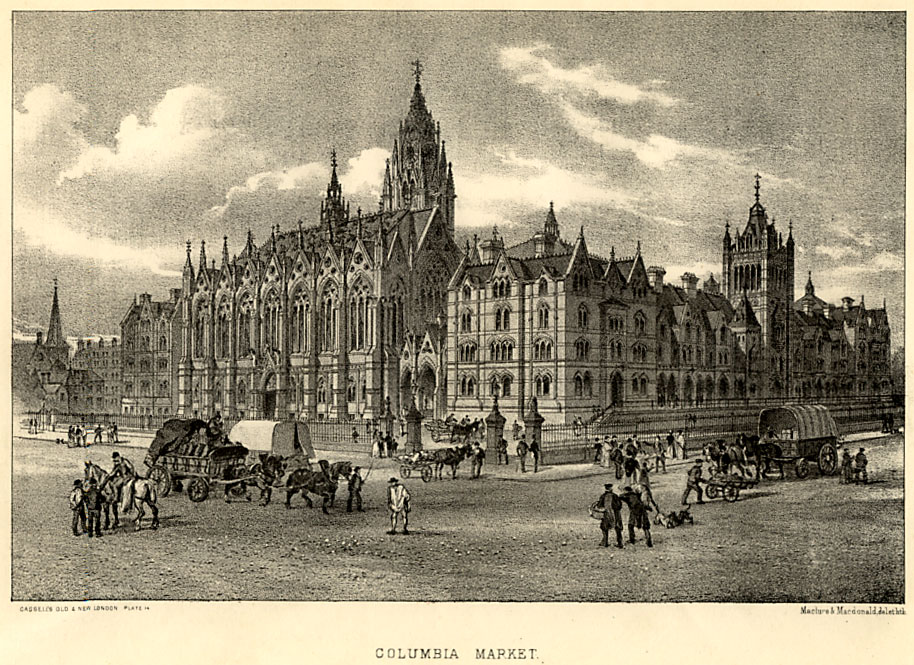
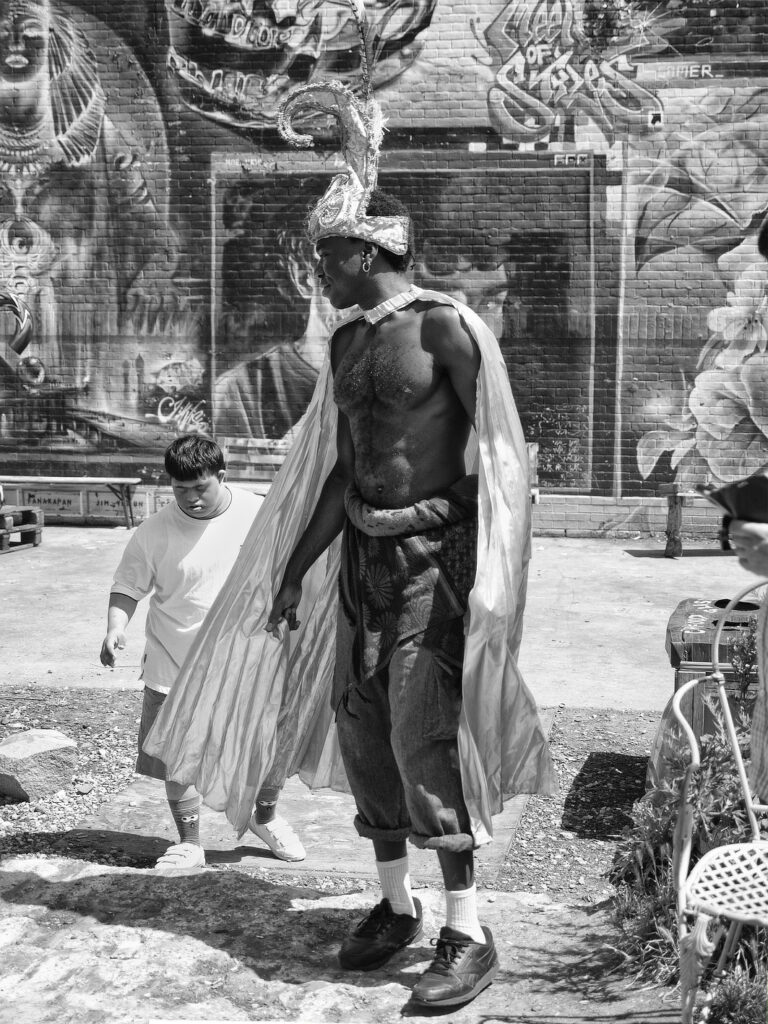
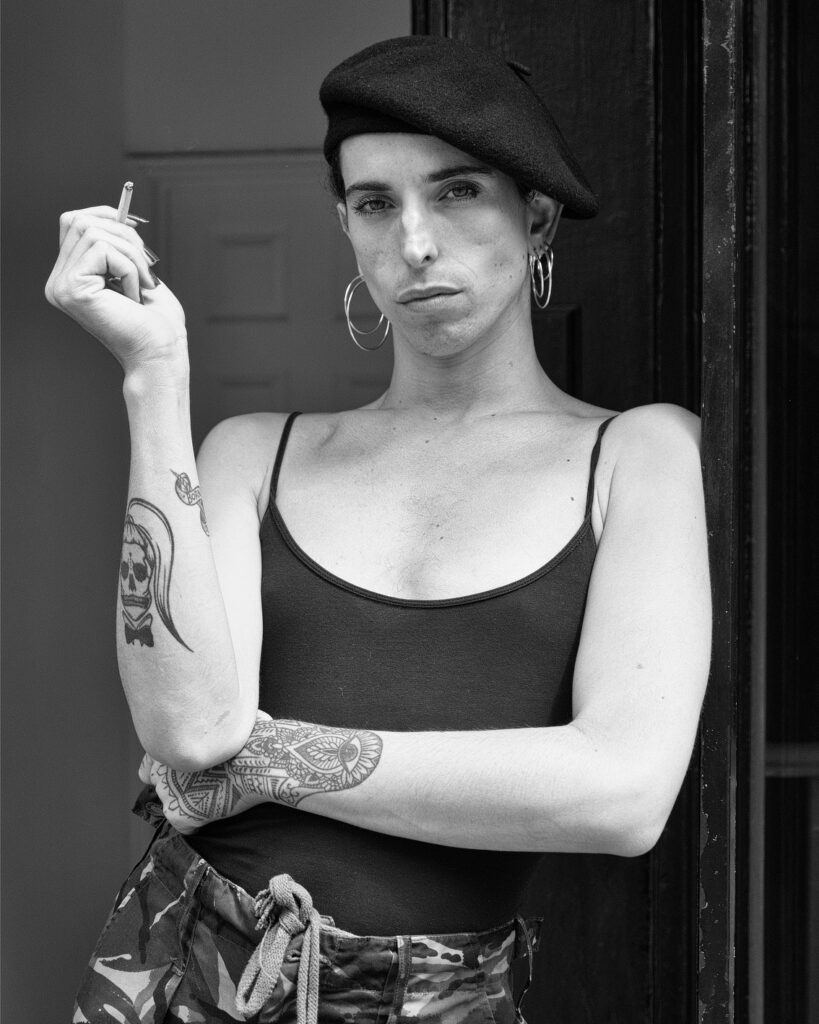
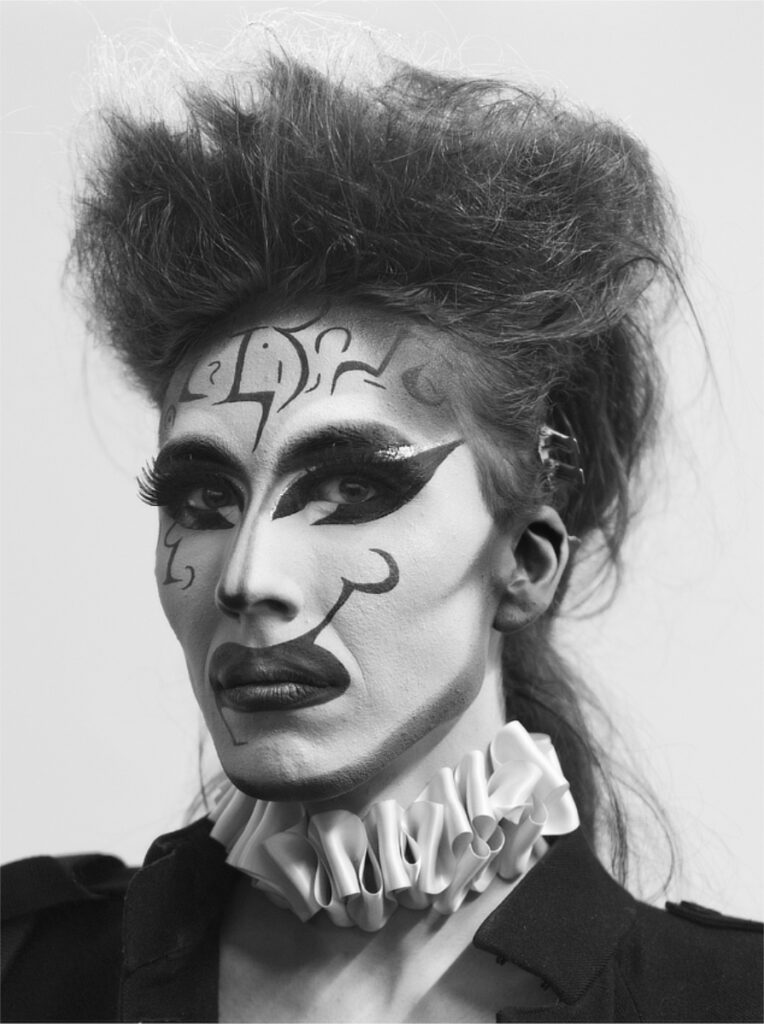
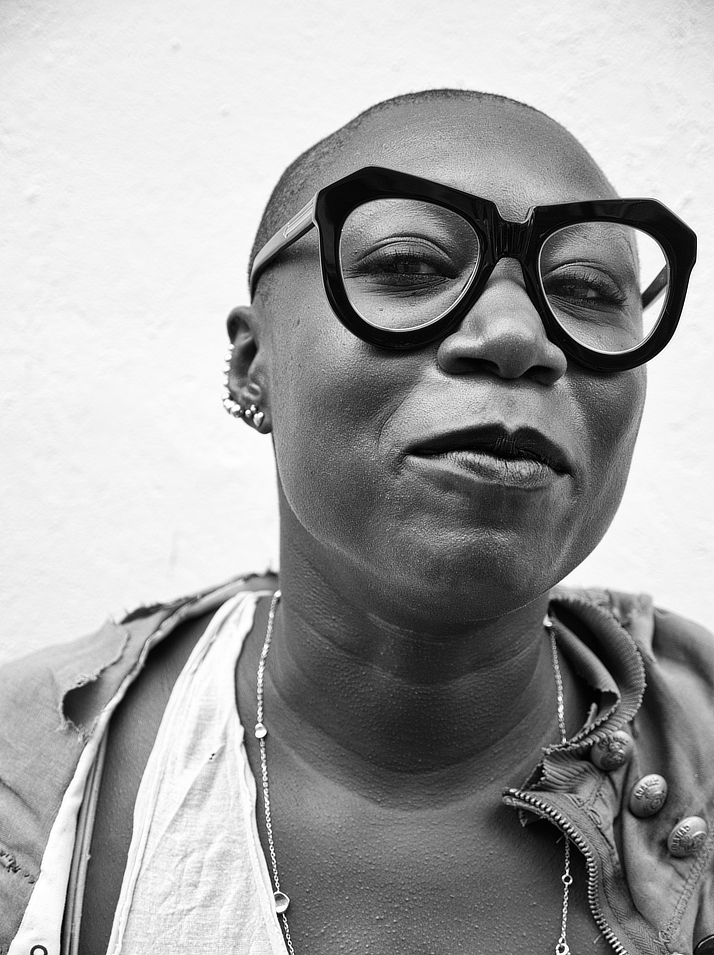











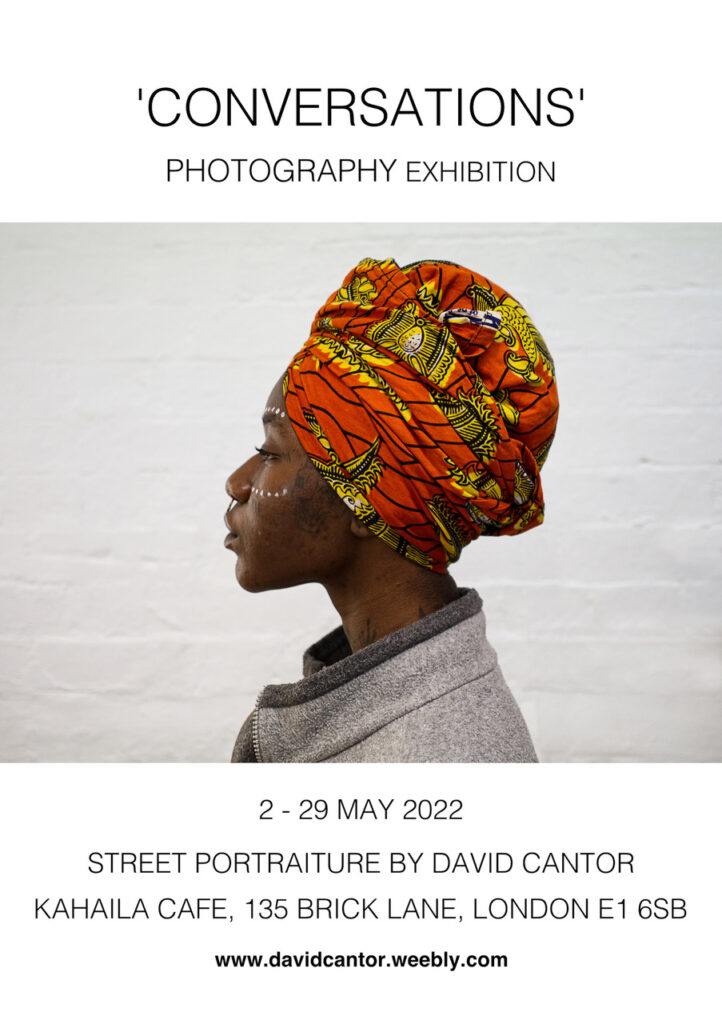
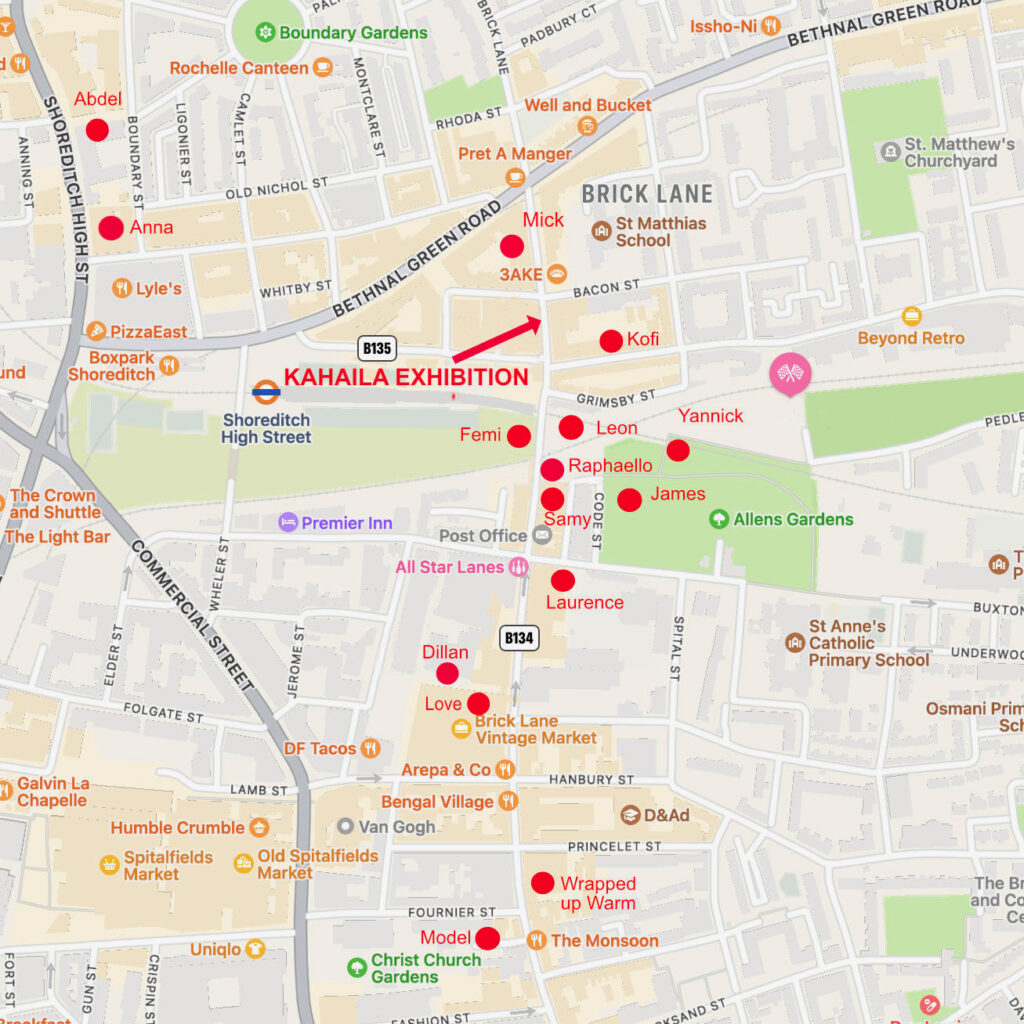




David, I have read this article with considerable interest. It has given me a few ideas. I understand that it’s a tough time but do return to the street of East London and post your photos here so we can view them.
Dear David, this is a wonderful article that takes us to the core of photography: capturing the unique. The way you are respectfully treating the people you meet and the affection you put into the images is moving. A small monument to humanity. And a reminder that Robert Capa had more in mind than centimetres between film and subject when he postulated: “If your pictures aren’t good enough, you’re not close enough.” Thanks, Jörg-Peter
Thank you Joerg-Peter. The great thing about photographing people is that there is inexhaustible scope plus as you say, a unrepeatable combination of time, place and people means that each portrait is indeed unique and that for me is quite important. The American photographer Richard Renaldo has taken this one step further by getting two complete strangers to interact together. Touching Strangers is one of my favourite books and another American, Robert Kalman is definitely one of my favourites, highly recommended.
Thanks David for a wonderful article and series of images. I do admire the way you made these portraits. Although I enjoy street photography I rarely have the courage to strike a conversation with the people I photograph. The decent images I get are more about serendipity than really posed portraiture.
Thanks again.
Jean
Thank you for the kind words Jean. There’s much to like about serendipity, I believe that it plays an important part in bringing the unlikely to my photography. During lockdowns, I studied (unsuccessfully) Jung’s writing and came to the conclusion that chance is best left to its own devices and that analysis might be counterproductive. Last month, I photographed a young man during a random encounter 2060 days after the first time I had taken his portrait, 20 seconds earlier or later our paths would not have crossed. The strange thing was that the second time, our encounter was just 25 metres from where we met the first time. Chance and coincidence are wonderful companions.
A real treat of an article David, thanks. As you’ll see from my previous articles on Brick Lane I know and enjoy the area and your descriptions of your meetings take me deeper into the lives of the interesting people there. My maternal grandmother grew up in Hackney and part of my family lives up the road in Mile End. A vibrant place indeed!
Hello Kevin, my 2 x great grandparents lived on Crab Tree Road, now named Columbia Road where the famous Sunday flower market is held. For local interest, ‘The Blackest Streets’ by Sarah Wise is a wonderful account of life in the Old Nichol slum. Also very much worth a look are the hand written notes and biography of Arthur Harding that can be found in the Bishopsgate Institute web site, if my memory is correct, written on the reverse side of wallpaper. Thanks for the kind words.
David, thank you for sharing your enchanting experiences ‘on the street’ with other photographers. Congratulations on the high quality results of your multifarious encounters. The tricky phase is the initial ‘breaking the ice’. Once you pass this hurdle, you gain confidence and many doors open for you. Many such encounters helped me produce illustrated features for a wide range of media. Although I am long retired, I do miss those steps into the unknown .
Many thanks for your inspiring feature.
Wonderful – thank you! I think there can be so much joy from meeting real people you might otherwise not come into contact with. Their stories are often interesting and their images reminders of real people who don’t spend their every waking hour posting selfies on TikTok and pursuing another followers.
And you don’t need fancy equipment to capture them: a simple phone will work just fine.
Thanks Jon, I agree that a simple phone could do the job. I’ve never tried it with a phone but think that a camera lends rather more credibility to the reason(s) for requesting the portrait and getting a positive response.
True: the internal debate becomes credibility/legitimacy vs lack of perceived intrusiveness with a phone.
I agree with Jon and David To me the average “PhoneShooter” is very intrusive by the way they hold the camera at the subject (Some might say the same for Live View Photographers-or have I opened a can of worms)